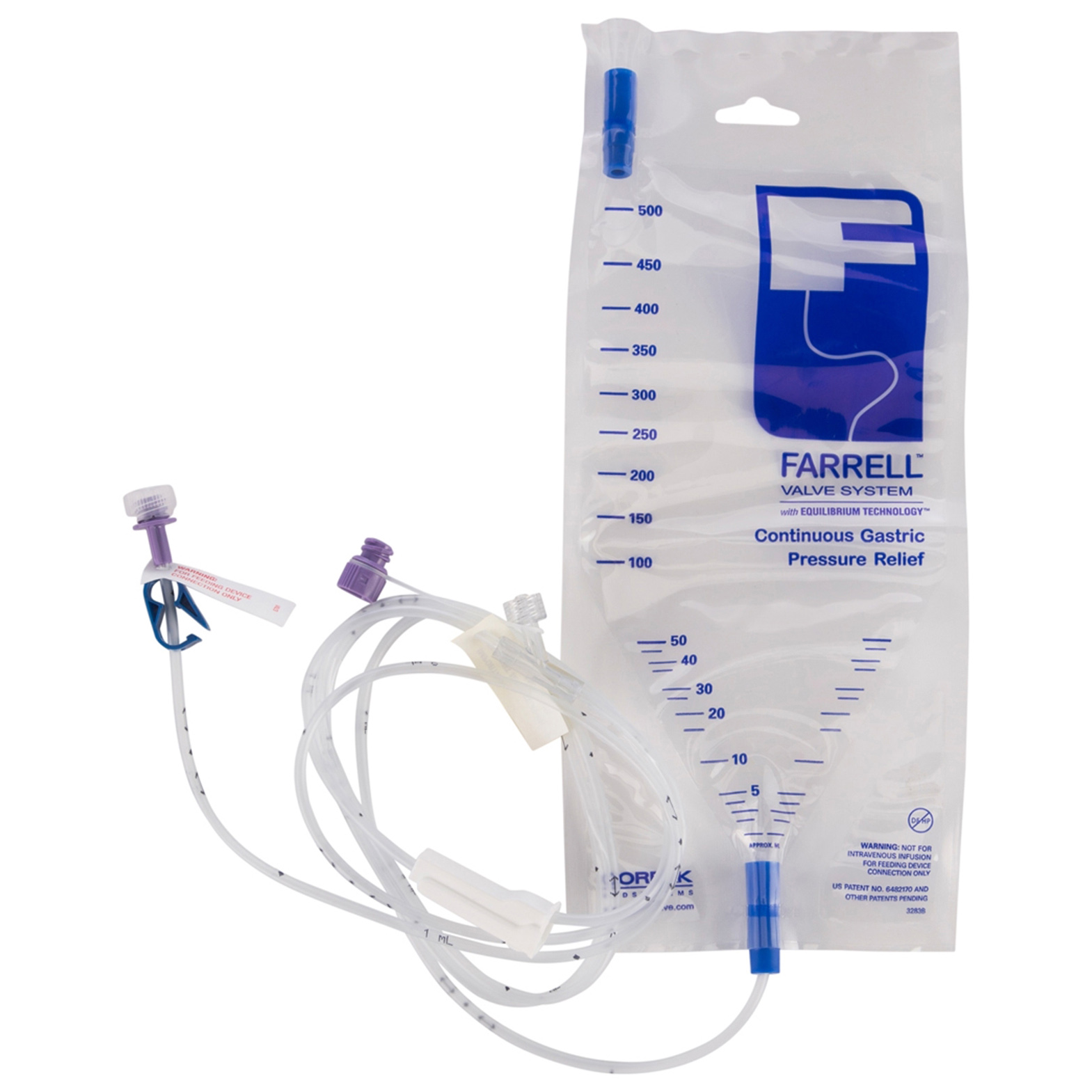Farrell Valve Closed Decompression System with Equilibrium Technology
Farrell Valve Closed Enteral Decompression System Images
**The images used on the website are for reference only and do not reflect the actual configuration of the product. Learn more..
Farrell Valve Closed Enteral Decompression System
Product Configuration Options
Please select all options to view product details and pricing.
Select Variant
Farrell Valve Closed Enteral Decompression System
Price information$13.10$13.76
Product Options
Product Configuration Options
Please select all options to view product details and pricing.
Starts From
Current Price: $13.10
Original Price: $13.76
Savings: $0.66 OFF
Quantity
Auto Reorder Information
Save Dollars with Auto-Reorder!
Save Dollars with Auto Reorder! Get 5% OFF
Auto Reorder Information
Save Dollars with Auto-Reorder!
Save Dollars with Auto Reorder! Get 5% OFF
Resources
Looking for more information?
Opens a form to submit your question to the community
Unanswered Questions
Questions and Answers
Customer Reviews
Subscribe to our Newsletter
